
Tibet Mount Everest Base Camp tour with Explore Tibet
This 10-day tour of the Tibetan plateau is an ideal tour to discover the beauty and unique religion and culture of Tibet at a more leisurely pace. Starting from the Tibetan capital of Lhasa, the tour takes you out of the City of Sunshine and across the vast Tibetan plateau to the Northern Base Camp of the world’s highest mountain. Following the route of the most outstanding overland journey in Asia, this longer tour allows you to ascend to the heady heights of Everest Base Camp more gradually, allowing for easier acclimatization along the way.

Table of Contents
Tour Itinerary
After your arrival at the airport or train station, you will be collected by your guide and driver and taken to your hotel in the city. It is recommended that you spend the rest of the day resting, to reduce the risk of altitude sickness and allow your body to acclimatize and adjust to the increased altitude. The first two full days of the tour are spent touring around the city and acclimatizing to the increased altitude. The touring of Lhasa includes visits to the prime sites of interest, including the Potala Palace, the
Jokhang Temple, Barkhor Street, and Drepung and Sera Monasteries.
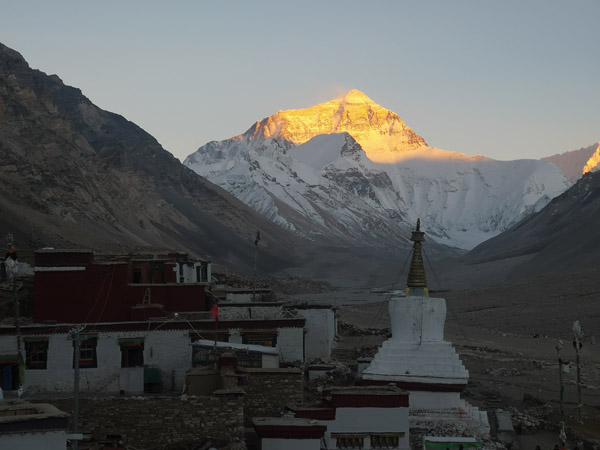
After touring the city, you will then travel to Gyantse on the fourth day of the tour, passing the Karola Glacier and Lake Yamdrok. After arriving in what was once the largest town on the plateau, you will get to tour around the Pelkor Chode Monastery, home of the famous Gyantse Kumbum. After Gyatnse, it is on to Shigatse, where you can visit the seat of the Panchen Lama, the second highest incarnation in Tibetan Buddhism. Then you will travel through Sakya, visiting the Sakya Monastery, before stopping for the night at Shegar, where the fort is one of the most amazing in Tibet. From Shegar, you travel to the most popular site in Tibet, Everest Base Camp (EBC). Located close to the Rongbuk Monastery, the base camp, at 5,200 meters above sea level, is the best location in the world to get the perfect views of the summit of the world’s highest mountain. From EBC, after stopping the night in the monastery or tent guesthouses, you will head back to Shigatse and on to Lhasa for the final day of the trip.
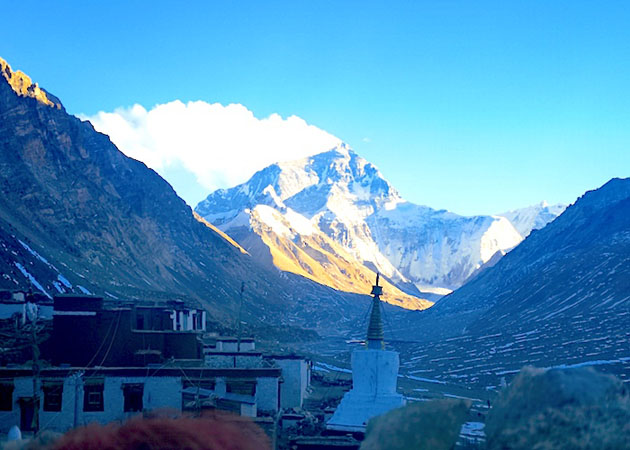
Tour Highlights
Almost all tours of the plateau include the section of the tour that takes you around the major attractions of the Tibetan capital of Lhasa. These tours usually include all five of the major sites within the city, though some do add other sites to see whilst there, if you have time. The main highlights of the Tibetan capital are: Jokhang Temple – One of the oldest Buddhist temples in the region, the Jokhang was built in the 7th century by the Tibetan king, Songtsen Gampo. Surrounded by myths and legends, the temple houses the life-size gilded statue of Sakyamuni Buddha at the age of 12. Barkhor Street – Nowhere on earth is like Barkhor Street, where you can pick up your souvenirs, some light snacks and refreshments, and some local handicrafts, all while making the ritual Buddhist pilgrimage around the Jokhang Temple kora route. You can even get your own hand-held prayer wheel for the journey. 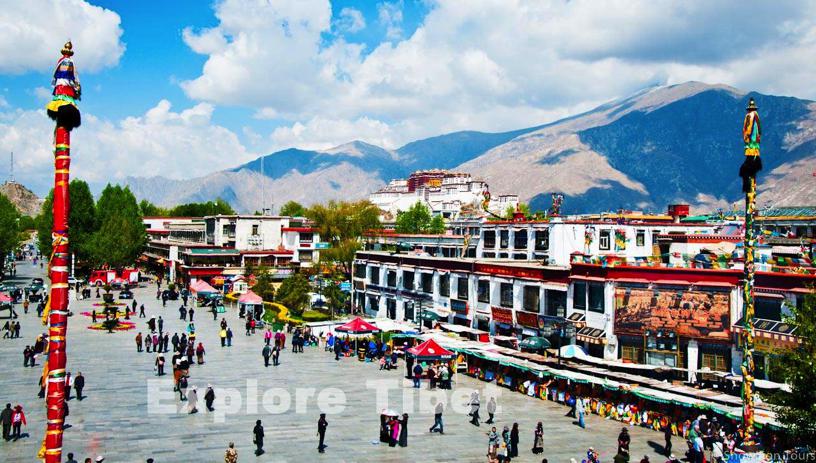
Potala Palace – The former seat of governance in Tibet for around a hundred years, the Potala Palace is a massive two-color palace that was built for the 5th Dalai Lama. After the seat of government was moved to Norbulingka in 1755, the palace became the winter palace for the Dalai Lama, and is now a famous museum and local heritage and culture site. Sera Monastery – One of the major university monasteries of the Gelug School of Tibetan Buddhism, Sera Monastery is renowned for its monastic debates in the afternoons, which are open to the public. The debates are articulate and articulated, and can get very expressive, with lots of hand-clapping, foot-stamping, and loud exclamations. Drepung Monastery – Sister Monastery to Sera, Drepung Monastery is another of the great university monasteries of the Gelug School. Drepung is notable for being the largest monastery in Tibet, and the most important monastery in the Gelug School of Tibetan Buddhism. As well as the major highlights of Lhasa, this amazing tour gives you plenty of insights into Tibetan culture with the visits to the attractions that lie outside the city. Many of these sites are important sites in either religion or culture, or sometimes both, and often have a major historical significance to Tibetans. Lake Yamdrok Yamdrok Lake is one of the Great Three Sacred Lakes of Tibet, and is renowned for its unusual shape. Many legends exist about the formation of the lake, the most popular being the casting of gold talons to the ground by a goddess who saw the lakes were drying up, and joined them all together to be the life-blood of the Tibetan plateau.
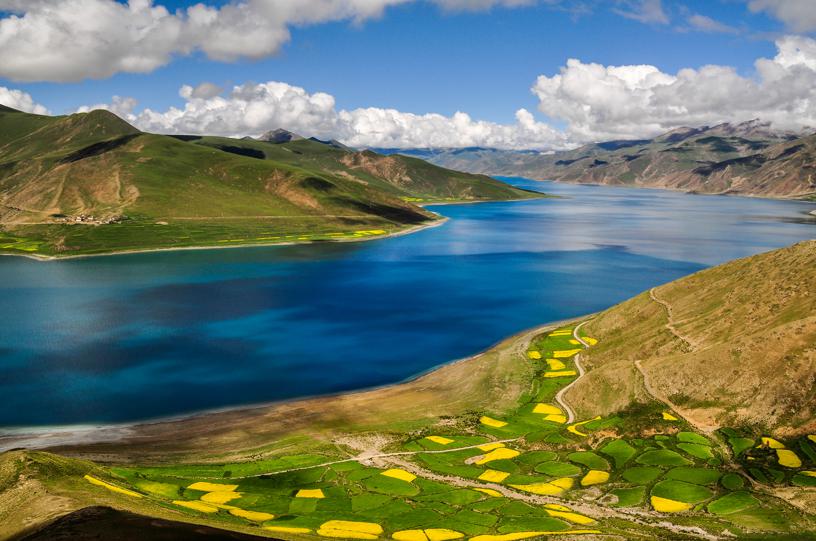
Karola Glacier Also known as the Mount Nyenchen Kangsar Glacier, the Karola Glacier is one of the most pristine examples of glacial movement in Tibet, Pristine white and gleaming in the sun, the glacier can be seen from the road a short distance from the top of the nearby Karo La Pass. Gyantse Kumbum/Pelkor Chode The only stupa of its kind in Tibet, the Kumbum Stupa in the Pelkor Chode Monastery in Gyantse stands 32 meters tall, has nine floors, and includes a total of 108 chapels. Built by a minor noble in what would become, for a time, the largest town in the Tibetan Empire, this amazing piece of work truly is one-of-a-kind. Tashilhunpo Monastery One of the main Six Big Monasteries of the Yellow Hat Sect in Tibet, also known as the Gelug School, Tashilhunpo Monastery was built in the 15th century by the first Dalai Lama. Located at the foot of Tara’s Mountain (Drolmari) in Shigatse, it has long been the seat of the Panchen Lama, the second highest incarnation in Tibetan Buddhism. Home to almost a thousand monks, the monastery is the home to the largest gilded statue in the word, the 86-foot-high Maitreya Buddha, also known as the Future Buddha
. 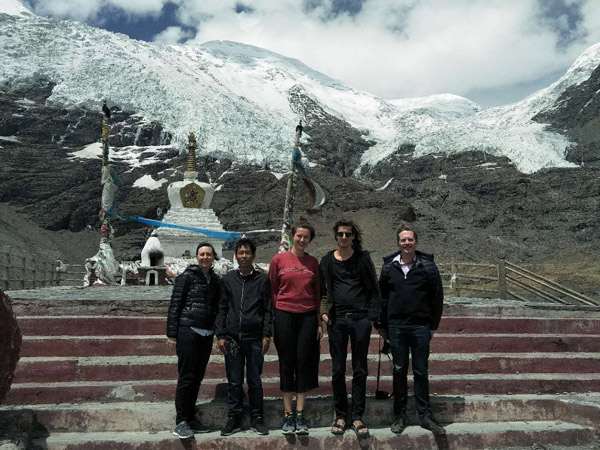
Sakya Monastery Literally meaning “Grey Soil”, Sakya Monastery is one of the most important monasteries of the Sakyapa School of Tibetan Buddhism, and is split in two parts on either side of the Zongchu River. Only the southern side is now active, and the northern buildings of the monastery lie in ruins. Shegar Dzong Known as the “Crystal Fort”, this ancient fortress is one of the most fantastic in Tibet. Built in the 13th century, the Dzong lies in ruins, its crumbling walls snaking up an almost impossibly steep cliff above the town itself. Below lies the Shegar Monastery, once home to more than 800 monks, and is the start of a small 2km kora route up around the highest point of the ruined Dzong.
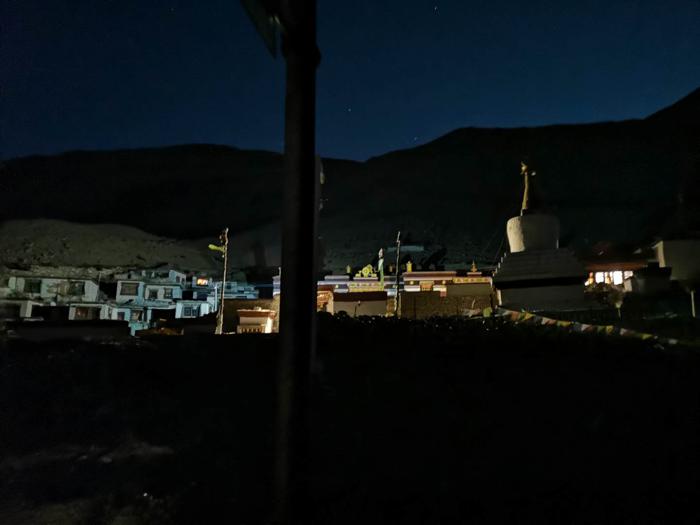
Rongbuk Monastery Named as the official highest Buddhist monastery in the world, Rongbuk is the closest monastery to the base camp of Mount Everest, and was once a stopping point for adventurers on their way to attempt the summit of the mountain. The monastery is also considered to be a sacred place by the local Sherpa people of the area. Everest Base Camp The better of the two base camps on the slopes of Mount Everest, the camp in Tibet has excellent views of the summit of the great mountain on clear days. The location of the most iconic photos of Mount Everest ever taken, the base camp is the closest one can get to the mountain without being on an expedition to climb to the summit.
Recent Posts
Top Festivals in Tibet During Summer
Discover Tibet in 2024
Traveling to Tibet Alone
All Categories
- About Tibet
- book a Tibet tour
- Buddhism Practice
- Budget Tour
- China-Tibet Train
- Customized Tibet tour
- Historical Sites
- Hot Springs in Tibet
- News
- Photography in Tibet
- Tibet attraction
- Tibet Group Visa
- Tibet Motorcycle Tour
- Tibet Small Group Tours
- Tibet Tours and Tibetan Tour Guide
- Tibet Train
- Tibet Travel FAQs
- Tibet Travel Information
- Tibet Travel News
- Tibet Travel Permit Update
- Tibet Travel Prices Rises
- Tibet Trek
- Tibet Trekking Tour
- Tibet weather and climate
- Tibet Wildlife animals
- Tibet Winter Tour
- Tibetan Buddhism
- Tibetan Cultural Features
- Tibetan Culture and Poeple
- Tibetan Festivals
- What to see in Tibet



